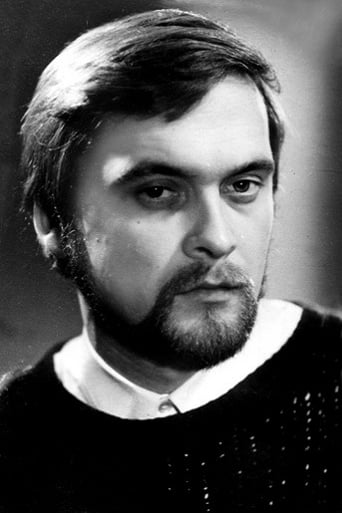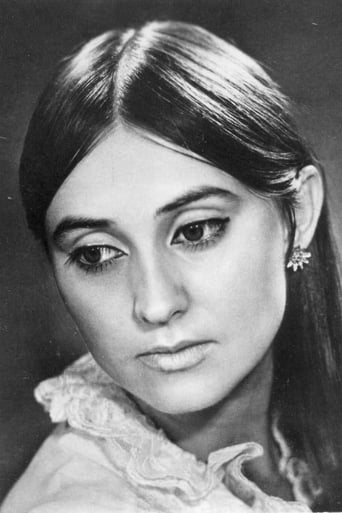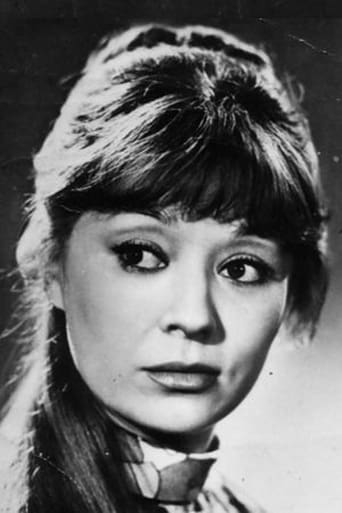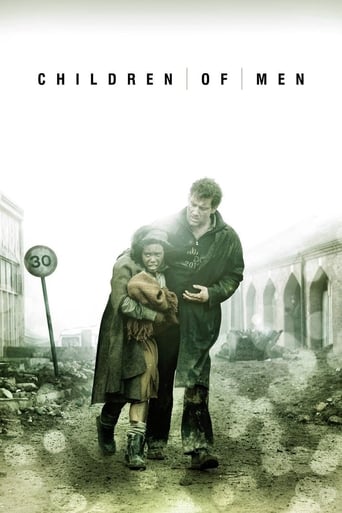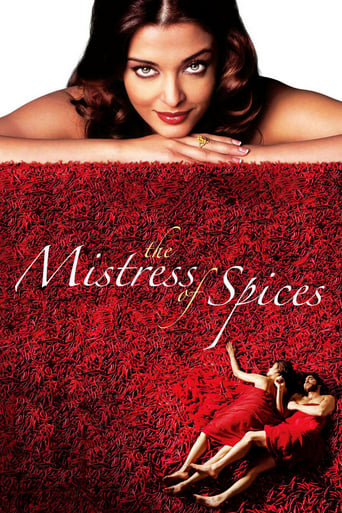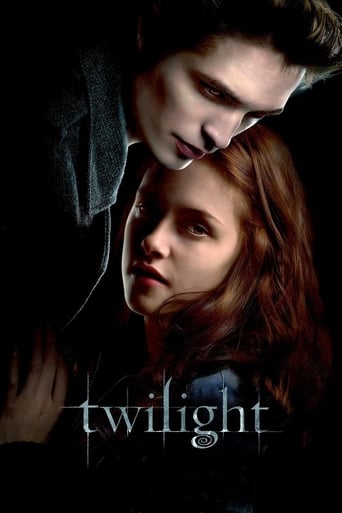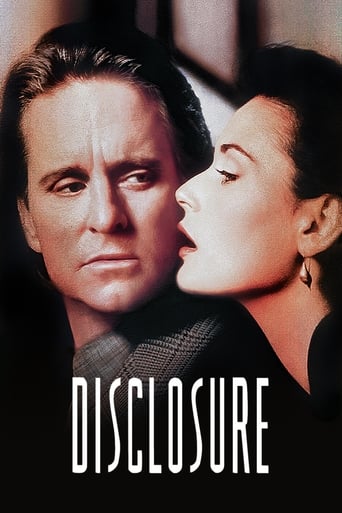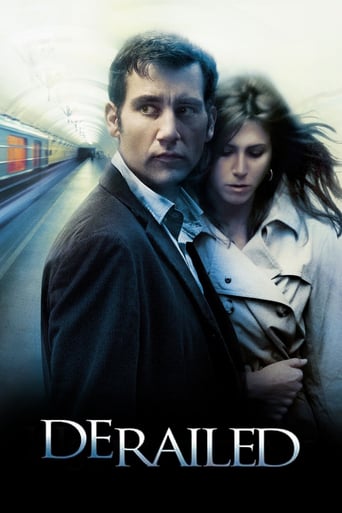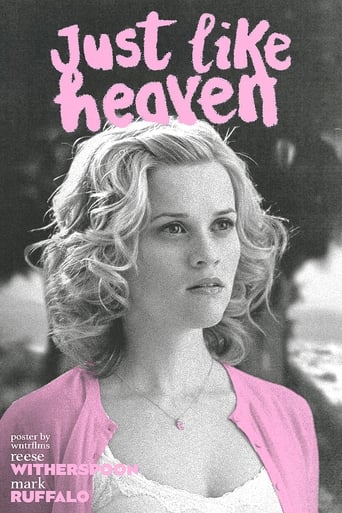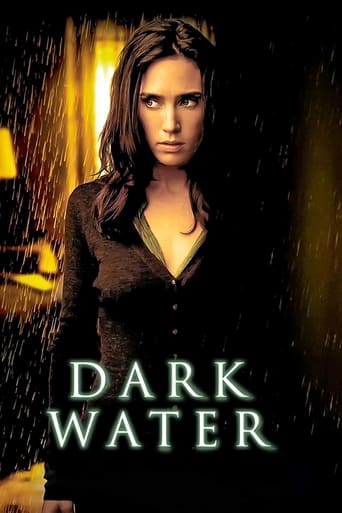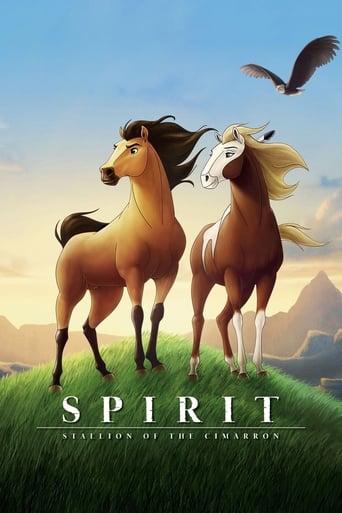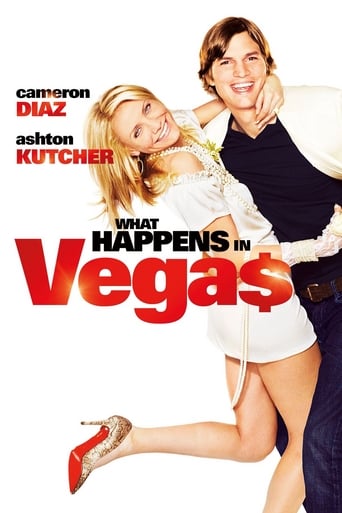
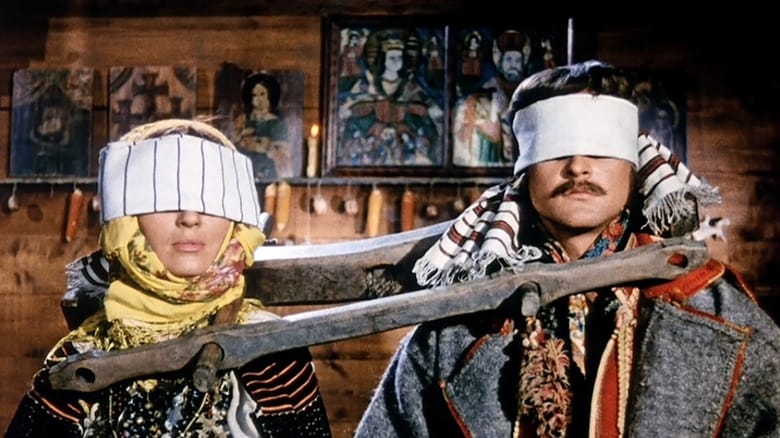
Shadows of Forgotten Ancestors (1965)
In a Carpathian village, Ivan falls in love with Marichka, the daughter of his father's killer. When tragedy befalls her, his grief lasts months; finally he rejoins the colorful life around him, marrying Palagna. She wants children but his mind stays on his lost love. To recapture his attention, Palagna tries sorcery, and in the process comes under the spell of the sorcerer, publicly humiliating Ivan, who then fights the sorcerer. The lively rhythms of village life, the work and the holidays, the pageant and revelry of weddings and funerals, the change of seasons, and nature's beauty give proportion to Ivan's tragedy.
Watch Trailer
Cast


Similar titles
Reviews
In a Carpathian village, Ivan falls in love with Marichka, the daughter of his father's killer. When tragedy befalls her, his grief lasts months; finally he rejoins the colorful life around him, marrying Palagna. She wants children but his mind stays on his lost love.The film is highly symbolic, making frequent use of religious and folkloric images that include crosses, lambs, graves, and spirits. The film also uses color to represent mood. During Ivan's period of mourning, black and white film stock is used. In other scenes, colors are often muted, but provide a contrast to vivid use of red and yellow. On its release, the film's presentation contrasted with the common socialist realism style that had government approval. After refusing to change the film, Parajanov was soon blacklisted from Soviet cinema.I don't think i understand all the symbolism, but I loved the use of color. It is muted, yes, but also just looks sad and impoverished. Part of this may be intentional, part of it not so much. I suspect that the Russian film industry (much like the Italian film industry), was always behind the times in their use of film techniques and technology. Perhaps I misunderstand, but in the West (i.e. America), anything between Eisenstein and Tarkovsky seemingly does not exist. This film ought to be the exception.
After I saw "Pomegranates" I looked very much forward to seeing this film. As others have commented, it is visually astounding - the entire work. It is also very foreign. The film takes place in the Ukraine and the language is Ukrainian, the action taken from folk stories occurs centuries before in a culture as foreign to the Western European mind as if it had been shot in the Far East with little attempt to explain it as it rolls along. I am a professional performing musician and one of the valuable lessons I've learned over the years was that the public can take only so much "foreigness" in an artistic work before the brain tunes it out - or shuts it down. The sound track was the culprit here where crying became wailing and bawling, singing became intoning at best or screeching and people tended to scream rather than talk with each other. It was a very loud track and became unpleasant and over-stressed with little interruption. The noise in itself was absolutely exhausting. True, these were unfamiliar times with unfamiliar people and unusual instruments and music, but as I mentioned above, the mind tunes them out, whether we like it or not.Curtis Stotlar
Parajanov helpfully tells what he's up to in the epigraph of Shadows of Forgotten Ancestors as he explains that the film is a dramatic poem meant to evoke the old fables of the Carpathians. To achieve this, he gives the narrative only perfunctory attention, focusing instead on imbuing his film with an otherworldly aura. The film is extremely stylized as the characters and sets are intentionally unnatural or even artificial. This is emphasized by Parajanov's unique direction which is as likely to focus on seemingly trivial details in close up as it is to take up a more comprehensive view of the action of such events as a village gathering or a religious ceremony. No angle is left unexplored by Parajanov's camera: if a shot isn't a close up, it's probably canted. The result is as visually dynamic and breathtaking as it is alienating. Part of the narrative here concerns a romance between members of two feuding families which has led (perhaps inevitably) to comparisons to Romeo and Juliet but where that relationship was obviously doomed from the start, this one feels much less predetermined. Instead, there's a sense of the fragility of the characters, whose problems seem to be more a result of arbitrary circumstance than design human or divine, being contrasted with the harsh, unchanging environment they inhabit.
I hate looking at dead human bodies. I hate funerals and especially lengthy funeral processions. I think when a person dies; the body should be disposed of as quickly and as inconspicuously as possible. This was the reason enough for me to dislike this movie. I do not appreciate its obsession with death and funeral rituals. I can imagine some viewers may find it worthy of watching, not me.What else is in the movie? Sad, monotonous folk songs, folk dances, awful musical score are supposed to fit with that (unspecified) historical period; unnaturally looking costumes clumsily worn by the actors and extras; practically no plot to speak of, and no meaningful dialog; beautiful mountains and woods shot with irritatingly jerky moving camera; flashing colors from time to time for no reason, surprisingly inept, unprofessionally looking and talking actors.*** for (mostly unsuccessful) effort


